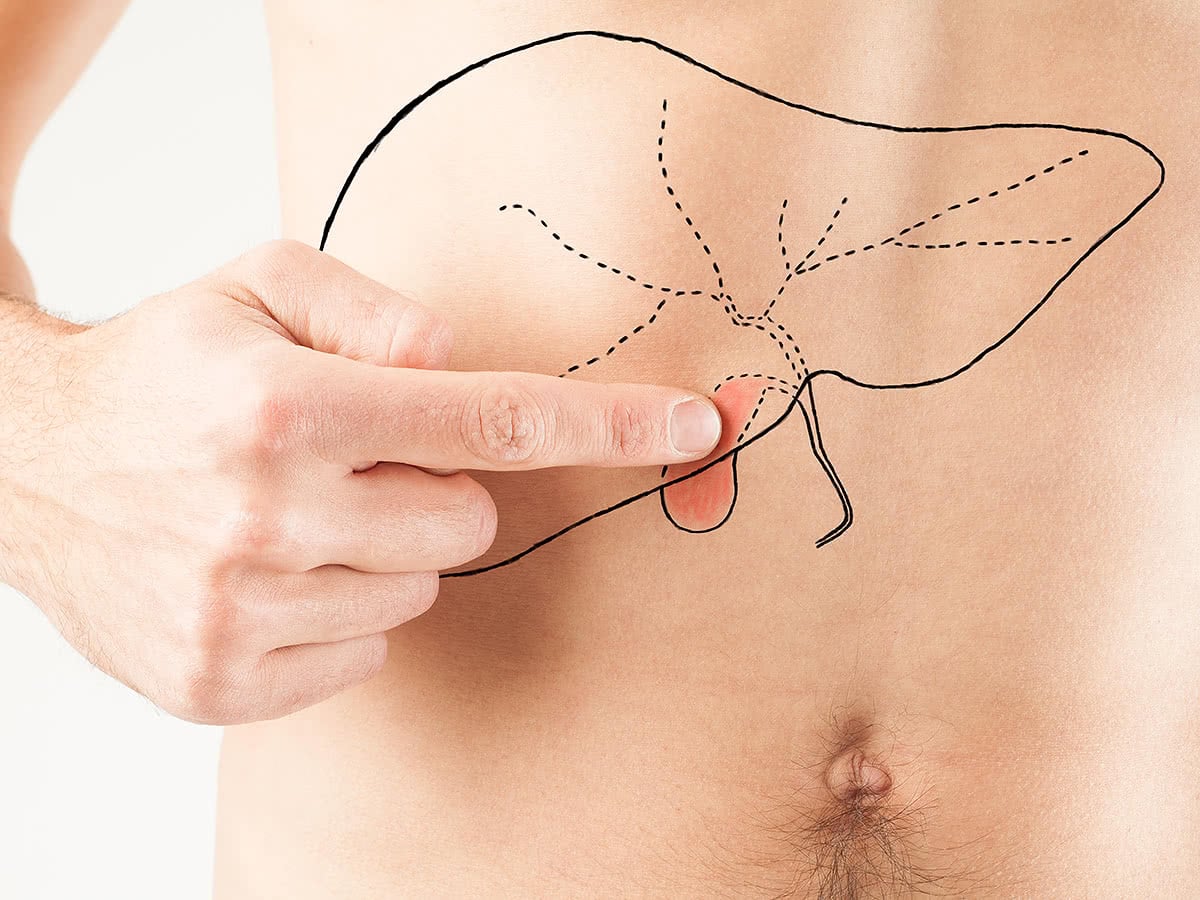Introduction
Gallstones are hard deposits in the digestive fluid (bile of the gallbladder). They can be either small like sands or large up the size of a chicken egg.
Causes and Risk Factors
- Usually bile is homogeneous however, stones develop when there is an imbalance in the substances making the bile. The reason for the imbalance is uncertain but increased levels of cholesterol, bilirubin or reduced bile salts.
- Risk Factors for developing Gallstones are:
- Female gender.
- Age or older than 40.
- Oral Contraceptive Pills or pregnancy.
- Family history of gallstones.
- Diabetes and high calorie diet.
Symptoms
- Asymptomatic (silent stones) which does not require surgical removal generally with some exceptions.
- Symptoms are mainly of pain that is sharp and moderate to severe in nature It occurs in right upper quadrant or middle upper quadrant of the abdomen. It follows eating large or fatty meals and may need few hours to subside. The pain disappears after either the stones go back to the gallbladder or pass to the small intestine.
- Fever, nausea and vomiting or jaundice all depends on the severity of the attack and whether it is complicated by a bile duct blockage or pancreatitis.
Diagnosis
- Ultrasound of the upper abdomen is the main stay of the diagnosis.
- Blood tests including full blood count to indicate infection.
- Liver function tests to ascertain no blockage in the duct or significant hepatitis.
- Pancreatic enzymes.
- CT abdomen, MRI, HYDA scan and ERCP in selected or complicated cases.
Treatment
- Laparoscopic Cholecystectomy.(Keyhole operation to remove the gallbladder). It is the default operation nowadays, less pain, shorter hospital stays, more cosmetic and faster return to work.
- Open Cholecystectomy. Making a cut of 10-14 cm in the upper abdomen to remove the gallbladder. It is the traditional method and it is used less often.





